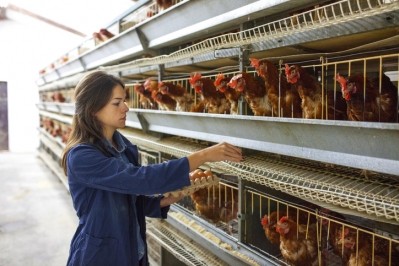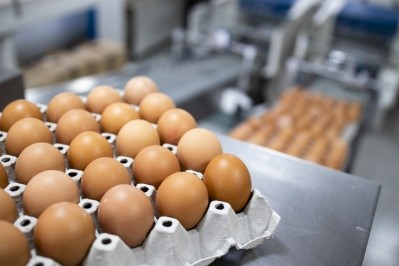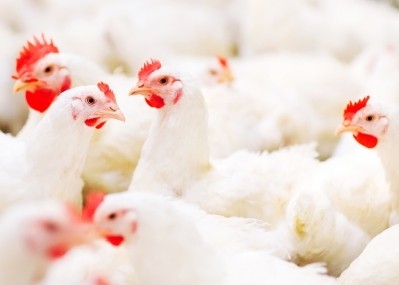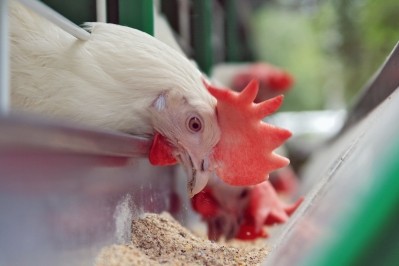Special Edition: Early Animal Nutrition
Stimulating feed intake should be the focus of pullet rearing: nutritionist
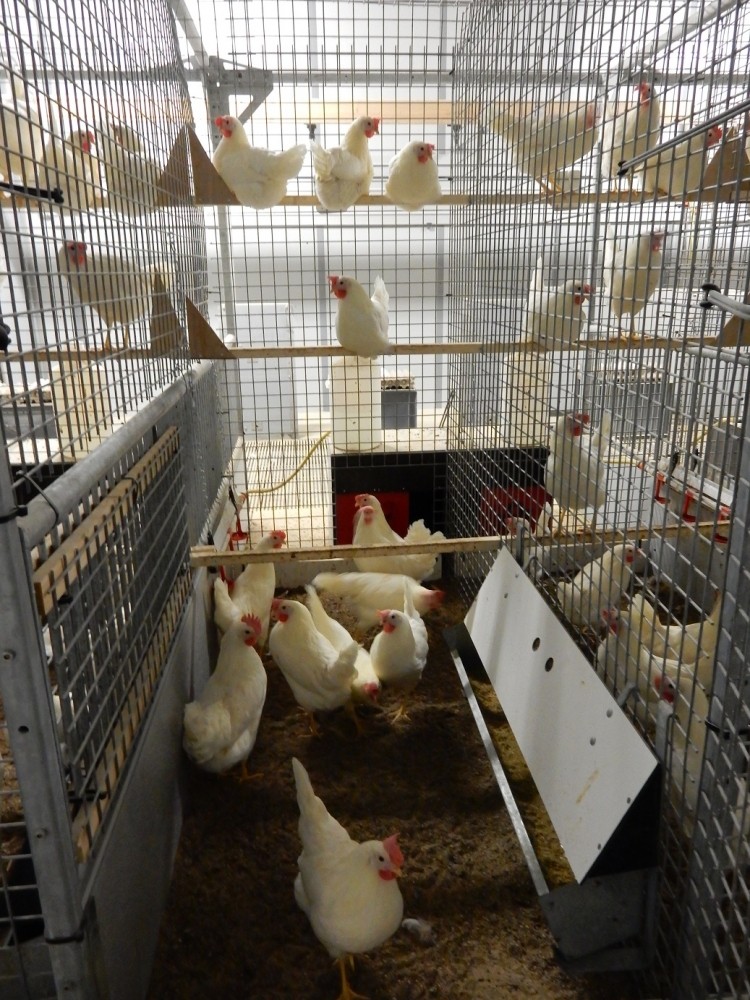
The demands on the young hen to produce eggs for an even extended laying period - 20 weeks longer than the current 80 weeks - means that the pullet deserves a ‘healthy and joyful childhood,’ said Dr René Kwakkel, associate professor, poultry nutrition at Wageningen University.
He presented a paper on the early life stage of the laying hen at the European Symposium on Poultry Nutrition (ESPN 2017) in Spain earlier this month.
Young pullets need to develop into a well-performing hen, and this development is undermined by potential dehydration during the first few days post-hatch, and also by the multiple vaccinations throughout the rearing period, with subsequent reduced feed intake capacity and, thus, insufficient intake of essential amino acids and minerals prior to lay, he said.
Such events increase the risk of a stressed bird and a flock with a decreased uniformity at onset of lay, he continued.
Despite such hurdles, the scientific community has been focused more on broilers than layers in terms of early life nutrition intervention, he found.
His search of publication databases such as Scopus, Web of Science and PubMed yielded a distribution of 15 vs 85 between rearing/laying vs broiler (breeder) studies.
“For the ESPN, I was asked to summarize what is known today about layer pullet nutrition. However, there has not been a huge amount of research into the juvenile phase of layers; the development of female broiler chicks has taken precedence. Much of the reason for that is the lengthy trial period required in research linked to layers,” he told us.
A good start…
His own research and his summary of the literature suggests a good start is vital for optimal young hen management.
A liquid-based diet in the first few days may reduce the risk of dehydration, as the birds ingest moisture together with feed in porridge form, he said. “From broiler research we know that liquid-based or ‘wet feeding’ increases birds’ feed intake and growth (Yasar and Forbes, 1999) and these effects seem to be more pronounced if such a diet is fed during early life (Mai, 2007).”
Recent trials in his lab with day-old broilers showed liquid feeds (1:1 for water: feed) increased total air-dry feed intake compared to dry feeds in a choice-fed system, indicating its attractiveness to young chickens.
“A wet diet including whole wheat (WW) was most attractive to young chickens. When such porridge-type diets include a coarser dietary structure (larger particle sizes), birds may develop functional gizzards and this may improve protein digestibility and a healthy gut, ultimately stimulating a fast early development. Preliminary results showed that choice-fed chicks were 10% heavier at d 21 as compared to chicks fed an ad lib dry control diet (1.14 vs 1.03 kg). The choice-fed chickens could choose between a dry and wet diet; they choose in more than 90% for the wet diet.”
Pending trials
A project he is involved in aims to develop a liquid-based feeding strategy, with larger particle sizes, for day-old laying-type pullets as well as broiler chicks. “This liquid-based feed will be used as a novel way to modulate the GIT within the first 10 days of life, which we consider the critical window for gut innate immune development and nutrient digestibility.”
The focus is on feeding strategies that avoid the use of feed additives. “We want to incorporate standard ingredients only; we are aiming to keep feed costs low.”
Funding for such research might come from poultry feeding equipment suppliers. “They are waiting to see the outcome of our next trial before investing, to determine if the benefits of feeding coarse and porridge type diets provides optimal development of the GIT and body weight gain, that the benefits dramatically outweigh the technical costs involved,” said Kwakkel.
Vaccination policies
His paper also showed a large variation in vaccination policies throughout Europe. “Nordic countries, such as Sweden and Finland, follow a quite restrictive system. Whereas in the Netherlands, with dense populations of flocks, a more intensive vaccination scheme is followed as standard procedure.”
During rearing, pullets and young hens are being vaccinated with different vaccines at days 1, 7, 14, 28, 42, 49, 56, 65, 84, 105 and 112 post hatch, and they show a reduced appetite - up to 10% of daily consumption - for a few days post vaccination, and consequently, a retarded growth at several moments during the rearing period, he stressed.
“Building up an active immune system from a very early age could reduce the number of vaccinations needed throughout the rearing period,” he said.
